|
I'm very happy to announce my upcoming game, The Deadly Facade. This is something a little different, and marks my first attempt at a full-blooded visual novel. Fame is a tricky business. You were all set to be the next big star in Hollywood until you got all tangled up in a chilling murder mystery. Can you solve the case while also delivering the performance of a lifetime? More info on the Steam store page.
0 Comments
This will probably be the final one of these previews, as we're planning to release the game into Early Access fairly soon. None of the other Pilgrim Adventures games have ever used Early Access, but due to the complexity of The Deed II, I feel that it could very helpful to involve a number of players in the final stages of the game's development. So if you want to be a part of that process, you can - or if you'd rather just play the finished product then you can wait a short while for the full release. Meanwhile, onto the preview! Perhaps the most intense and engaging part of any Deed game takes place after the murder has been committed and you're being interrogated by the inspector. Here we will cover some of the details about how that element is handled in The Deed II. The Interrogation So, you've committed the crime and now you're hoping to get away with it. After a brief introduction, the inspector will ask you questions about your background and then run through all of your actions from the previous evening, focusing mainly on the conversations you've had with the other occupants of the brothel. If you've played the previous games, this should all sound quite familiar. One small difference from the earlier games is that everything relating to a particular character will now be grouped together during the interrogation. So if you asked multiple people about Marie Dupont over the course of the evening, for example, the inspector will cover all of the information about her at once. That should make things a bit easier to follow. Just as in the previous games, you'll want to have asked questions about characters that will give you a useful clue or paint them in a negative light. At the same time you need to be careful not to reveal anything that could exonerate them or make them seem harmless. The Subtle Art of Framing In the current version of the game, planting evidence is absolutely necessary if you want to frame someone. (Although this may change based on player feedback regarding the game's difficulty.) At the end of the interrogation, rather than running through a laundry list of his suspicions regarding various characters, the inspector will simply state what he feels is the most likely theory about what happened. If he doesn't have a good piece of evidence to rely upon, either the crime will remain unsolved or he'll feel inclined to start digging into your character's past and uncover your motive. And of course, even if you've planted the correct piece of evidence in the correct place, you will still need to guide the inspector in the right direction while also diverting his suspicions away from yourself. A Grisly End? As I have mentioned before, another thing I wanted to do is to make the various possible endings feel more unique. So, in the final version of the game, successfully framing any character in the game will trigger a special scene which will wrap things up and ultimately show some of the consequences of your actions.
Although "happy endings" are rare in The Deed series, each conclusion will probably feel more positive or negative depending on how well-liked that character was and how much they might have deserved their fate. This time round, you can even choose to abort the plan in a few different ways and let Frank live, perhaps opting to try and scare the bejesus out of him instead. Hopefully this has provided you with some interesting tidbits! Be sure to keep an eye out for further updates regarding the game's progress. And we're back! This third preview covers most of the new elements in the game's enviroment which didn't exist in the previous entries of The Deed series. NPC Movement As was mentioned in the last preview, there are certain key NPCs who will move around the brothel according to their own personal schedules. Perhaps they will need to get some fresh air, or take a trip to the bathroom, or head upstairs with a client. This movement can have numerous consequences. For example, if you ask someone about another character while that person is still standing within earshot, the subject of your curiosity might become offended. Whereas if they have already moved elsewhere, the person with whom you're conversing could be more open to expressing their true feelings about them. The same applies when you interact with items in the environment. If an NPC sees you trying to interfere with a particular item, it might raise their suspicions - so it could be better to wait and see if that person moves away at some point. Timing the Crime Your intended murder target is one of the characters who will move around a lot, so you will need to find a good opening. The movement of other NPCs will also give you various things to consider when it comes to the timing of the crime. Will you have a clear escape route once the deed is done? Who is the character most likely to come and investigate first, and where will they be coming from? Of course, "brash and bold" is also an option. You can even choose to commit the murder in front of witnesses, if that seems like a fun thing to do. This can lead to some unique and rather unusual endings - and of course there will be some special Steam achievements for managing to reach the more peculiar conclusions. Planting Evidence I was never fully satisfied with the evidence-planting system in the previous games of The Deed series. You always had to go into the particular room where you wanted to plant the evidence, then select the item in your inventory, which led to a bit of text describing precisely where the evidence would be placed. This system was far from ideal and not very intuitive, so it was something that I definitely wanted to improve.
So, introducing containers! In The Deed II, you can interact with pretty much any type of container around the brothel - whether it's a desk, a bag, a set of shelves, a cupboard, etc. Then you can take or deposit any item in that container just by clicking a couple of buttons. Unlike in the previous games where you could only pick up two items during the whole of any scenario, you can now take and deposit items as much as you like, although you can only carry a certain number of things on your person at any given time. So you can also have a lot of fun with moving things around, if you like, confounding the police later on when they conduct a search of the house. Speaking of the police, in the next preview I'll write about some of the new elements that have been introduced for the "interrogation" stage of the game. See you then! Aside from the enhanced graphics and character portraits, probably the most notable difference between The Deed II and its predecessors will be the way in which the passage of time is handled. Game Time In the previous games of The Deed series, each scenario was divided into certain sections - e.g. exploration, dinner time, planting evidence. The next section would begin only once the player had completed certain actions, such as picking up two items from around the house. The Deed II will be the first game in the series to have a realistic time system which comes complete with an on-screen clock. The player will have up to one hour in "game time" to explore the building, talk to the patrons and gather/plant evidence before finally committing the murder. Game time will advance faster than real time, as it won't take the average player a full hour to accomplish these things. The exact rate will be optimised during final playtesting. Text and Conversations Of course, in a largely text-based game you probably don't want the minutes to be ticking away while you're engaged in conversation with a character, making you feel like you need to speed through the text. But fear not! The normal flow of time will be automatically paused whenever a message window or conversation window is open. In order to maintain realism, the idea I'm experimenting with is that when you're talking to a character, each meaningful topic of conversation will advance the clock by one minute. So you can read through the text itself at your own pace, knowing that it has no impact on how much time is passing. Certain choices will also lead to cut-scenes that can advance the clock by a longer period, such as if our protagonist decides to spend some "quality time" with one of the ladies of La Fleur Rouge. Time Management The intention of the new time system is to offer more freedom and opportunities to the player than before. For example, you can choose when you want to commit the murder, rather than being limited to a single opportunity.
What I don't want to do is turn the whole game into a "race the clock" style escapade, so you should still have plenty of time to formulate a plan and do the things you need to do. That said, if you choose to talk to every character about every available subject, you will soon find yourself running short of time - so you might need to be smarter and more selective about some of your choices than in the previous games. This will also increase replay value, as you won't explore every single conversation topic during a single playthrough. There will also be a simple "wait" function in the game menu, so once you're familiar with the scenario then you won't need to spend too much time twiddling your thumbs and waiting for certain events to happen. Finally, another advantage of the new time system is that it allows for some NPCs to move around the house according to their own personal schedules. More details on that in the next preview! With The Deed II set to be released later on this year, I thought it would be nice to whet your appetites in the meantime by posting a few previews of different aspects of the game. This first one will focus on some of the research behind the setting of the game – a Parisian brothel during the interwar years. This was an era of great change for the city of love, and for French society in general. Class divisions were slowly eroding, for various reasons. The status and role of women in society was becoming increasing fluid, and children were often much better educated than their parents. That said, Paris was not without its fair share of problems – and some of the old social divisions did still hold true. Across the city there was a significant housing shortage, with many families forced to live together in cramped apartments with only a couple of rooms, sleeping on folding cots in their kitchens or living rooms. There was certainly no shortage of crime and addiction in certain areas of the city. “THE BUSINESS”Between 1800 and the mid 20th century, Paris was said to provide the finest and most luxurious brothels in the western world. These places were known by many names, including maisons de tolerance, maisons closes or maisons d’illusions. At the peak of “the business”, more than two thousand registered brothels were policed by the city’s vice squads – or police des moeurs. There were many rules and restrictions which had to obeyed. Brothels were forbidden from advertising except at night, when they could do so by hanging a red lantern over the door. Every girl in residence must have her own room with access to washing facilities, and must be seen by a doctor every week. Any sign of infection and she might be removed to the notorious Saint Lazare prison hospital. Despite all of these stringent requirements, brothels in general were not only tolerated but were largely accepted and even embraced by French society at large. Many former madames went on to open very respectable businesses, and the opening of one prominent brothel was attended by the French Minister of Justice himself. The future King Edward VII of the United Kingdom was a famous patron of a brothel named Le Chabanais, and he visited it regularly during the 1880s and 1890s. One room even had his coat of arms depicted above the bed. Since Edward was a particularly large man, a cabinet-maker named Louis Soubrier was hired to construct a special “love seat” for him, which enabled his sexual partners to indulge his particular vices without too much effort on his part. And indeed, any vices were indulged – with many brothels specialising in serving a very specific clientele. One thing I learned through my research was that, in portraying the brothels of this era, it’s impossible to exaggerate the level of decadence and the readiness to please. For example, there was even an establishment called L’Abbey which catered to the clergy. Unsurprisingly, their desires were often religiously-themed and masochistic in nature. CRIME AND PUNISHMENTOf course, for a game about homicide, this is also going to be a very important area of consideration!
The first thing to note is that the guillotine (“the blade of the widow”) was still very much in use as the standard method of execution in France, with the final convicts being killed in this way as late as 1977. During the time when The Deed II is set, as many as twenty people a year were still being executed by the guillotine – often for the crime of pre-meditated murder. However, in the case of female convicts there was generally a routine presidential pardon and their sentence was commuted to life in prison. Executions were often held in public, on streets or in public squares. Anatole Deibler was the lead executioner in Paris at the time, having inherited the trade from his father. During Deibler’s long career, he took part in nearly four hundred executions. Murder trials could be very complex and messy affairs, often drawing a lot of media attention. The opinion of the judge responsible for carrying out the pre-trial investigation carried a lot of weight, so the accused was not necessarily regarded as “innocent until proven guilty” at the beginning of their trial. All of this should present an interesting challenge for anyone trying to get away with murder … |
ArchivesCategories |

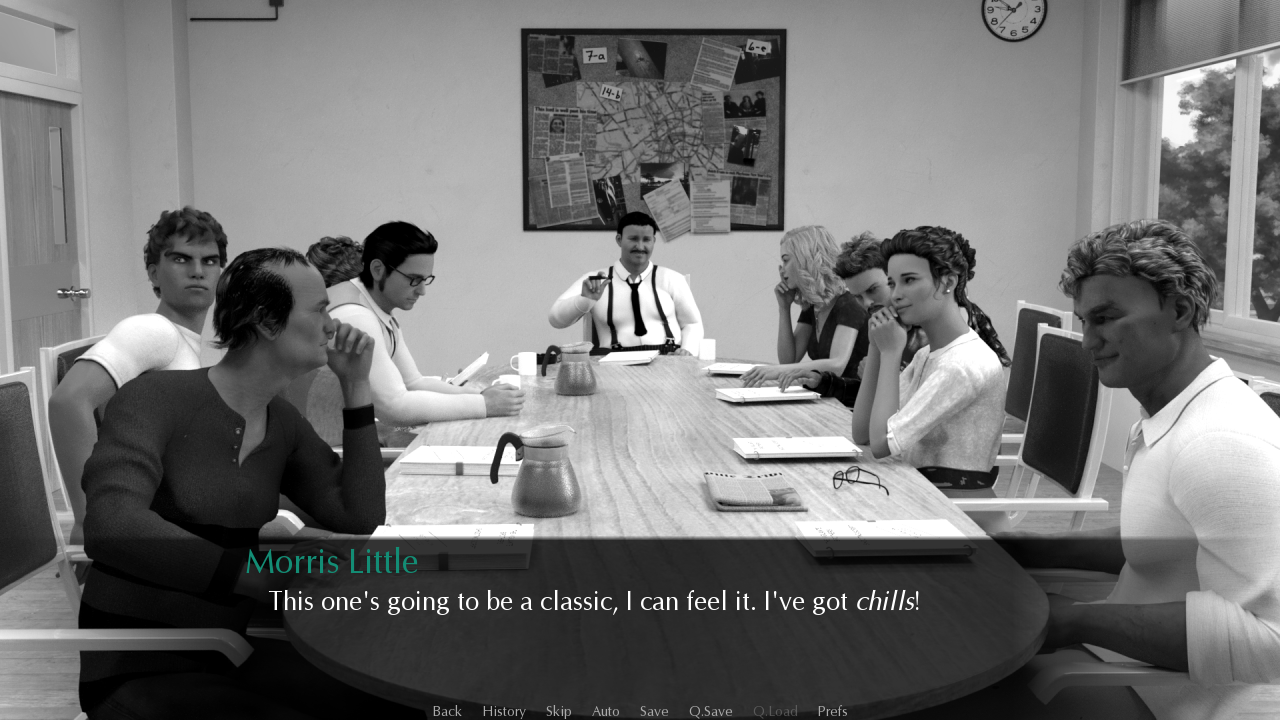
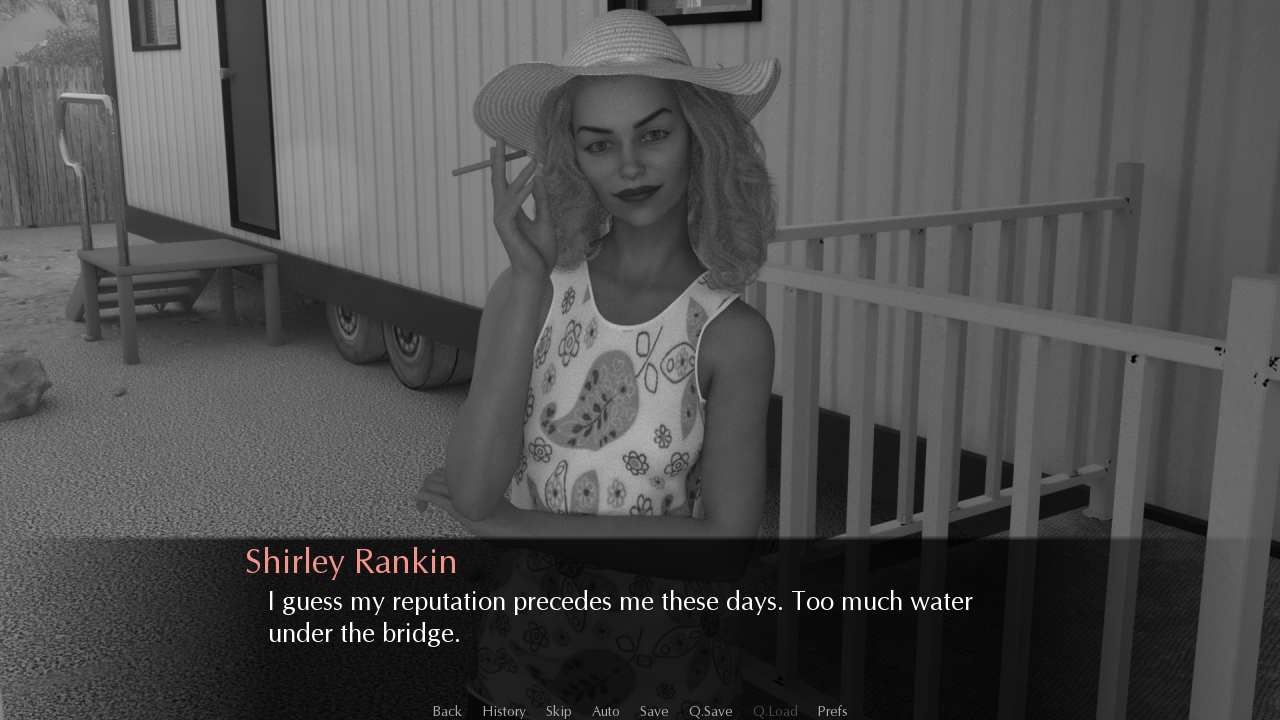





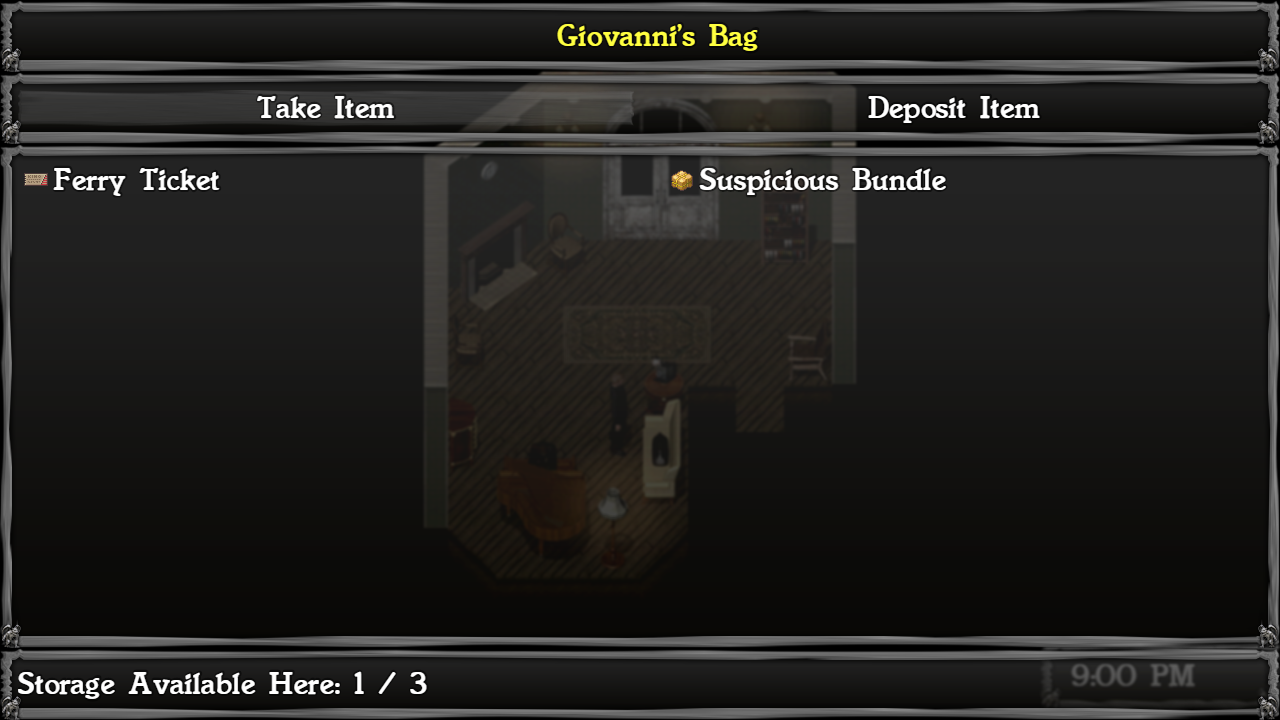
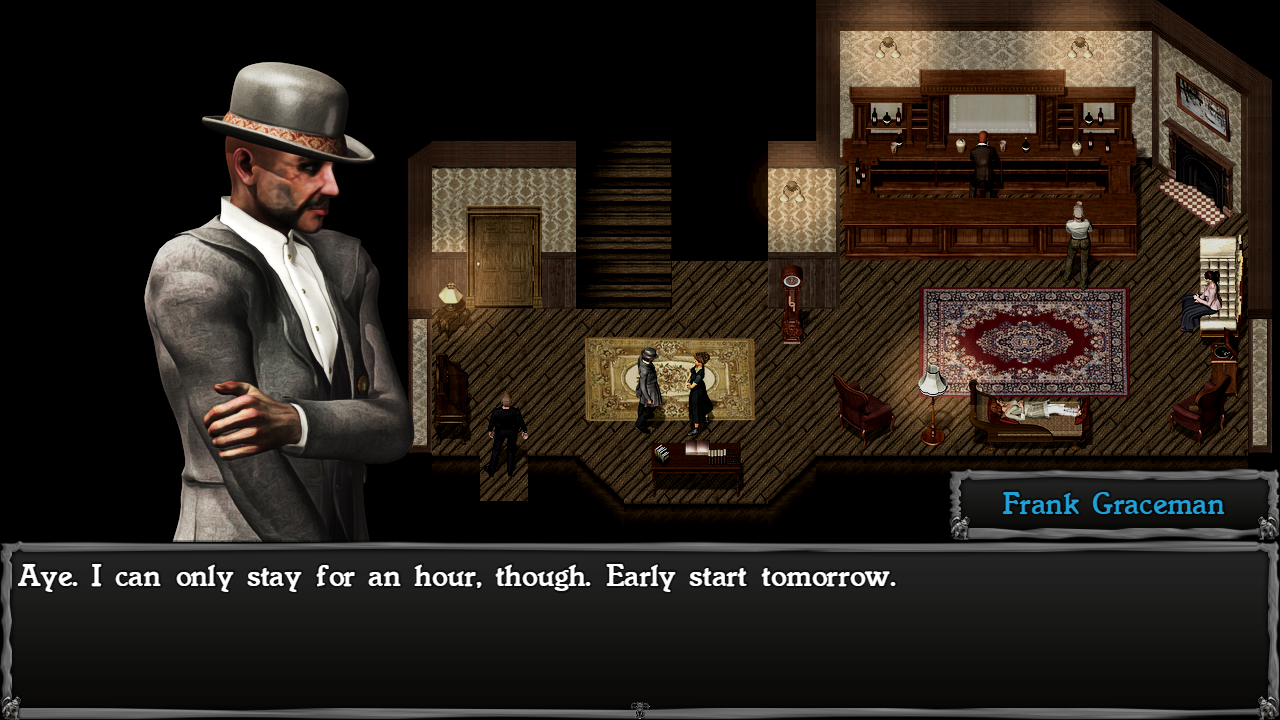



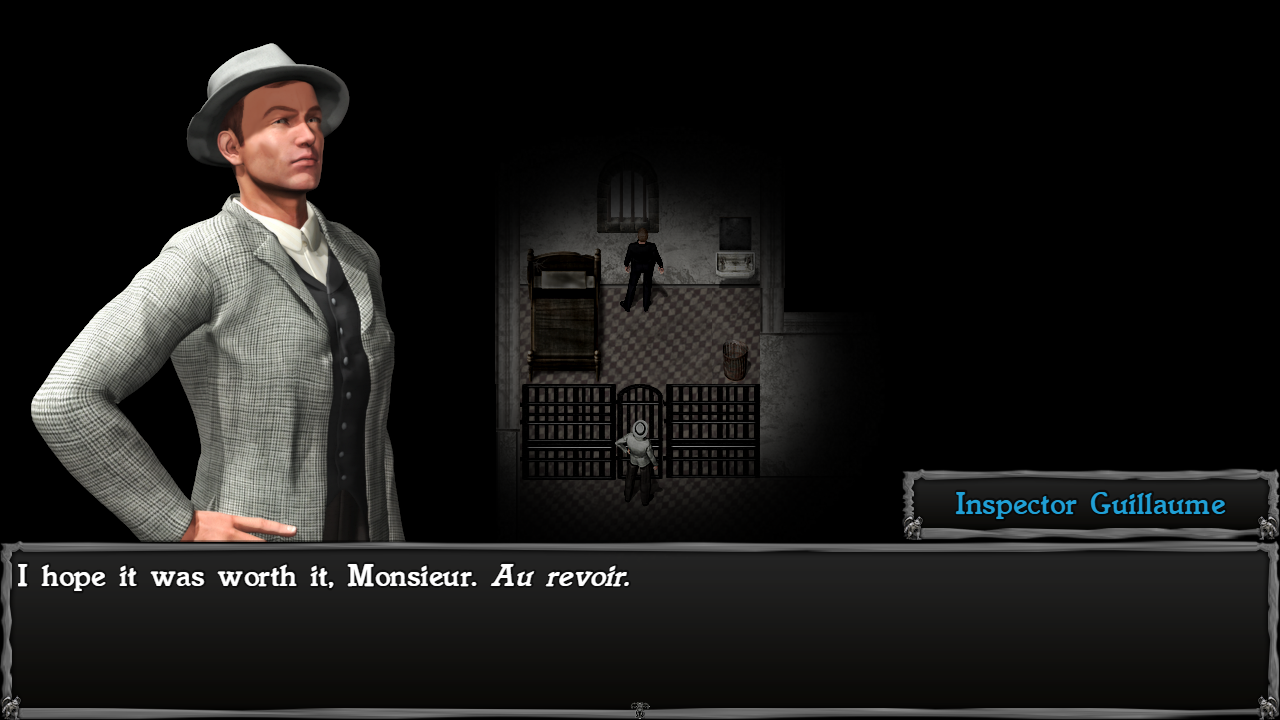
 RSS Feed
RSS Feed
